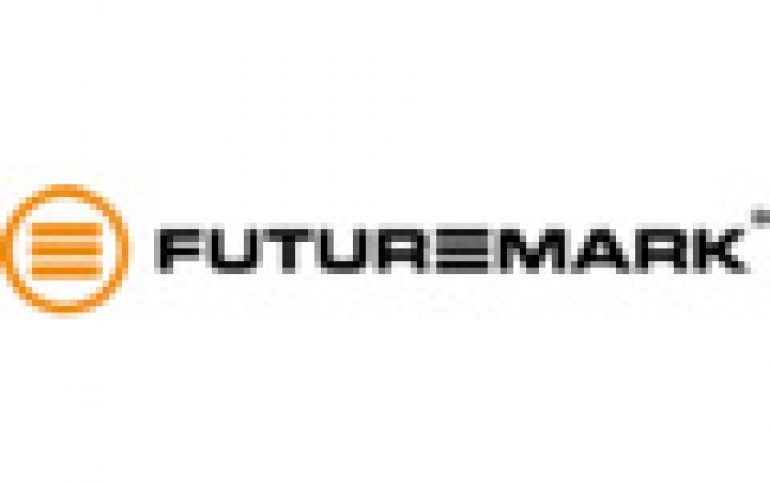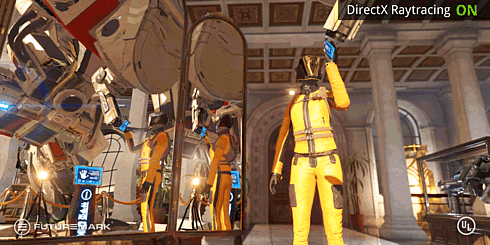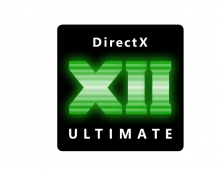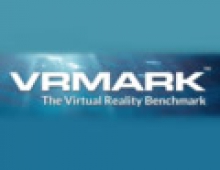
Futuremark Releases DirectX Raytracing Tech Demo
Microsoft started the Game Developers Conference this year by announcing DirectX Raytracing, and Futuremark followed with a presentation of their own work in developing practical real-time applications for this new tech.
As it has previously mentioned, rendering accurate reflections in real-time is difficult, and there are many challenges and limitations when using the existing methods.
Futuremark has been exploring ways of combining DirectX Raytracing with existing methods to solve some of these challenges.
While much of the company's presentation at GDC went deep into the math for its solution, here are some examples of a new technique in action.
With DirectX Raytracing accurate real-time reflections of dynamic objects can be rendered:

Reflections of objects that exist outside of the screen space can be produced:

Accurate, perspective-correct reflections on all surfaces can be produced in real-time:

Reflections are not just for mirrors. They make other surfaces look more realistic too:

Raytracing is not a new technique, but until recently it has been too computationally demanding to use in real-time games.
With modern GPUs, it's now possible to use rasterization for most of the rendering and a smaller amount of raytracing to enhance shadows, reflections, and other effects that are difficult to achieve with traditional techniques.
Futuremark's DXR tech demo runs in real-time on current GPU hardware and, because it builds on existing methods, it was relatively easy for the company to implement into its DirectX 12 game engine.
Futuremark will be using DirectX Raytracing in a new 3DMark benchmark test that is planned for release towards the end of the year.



















